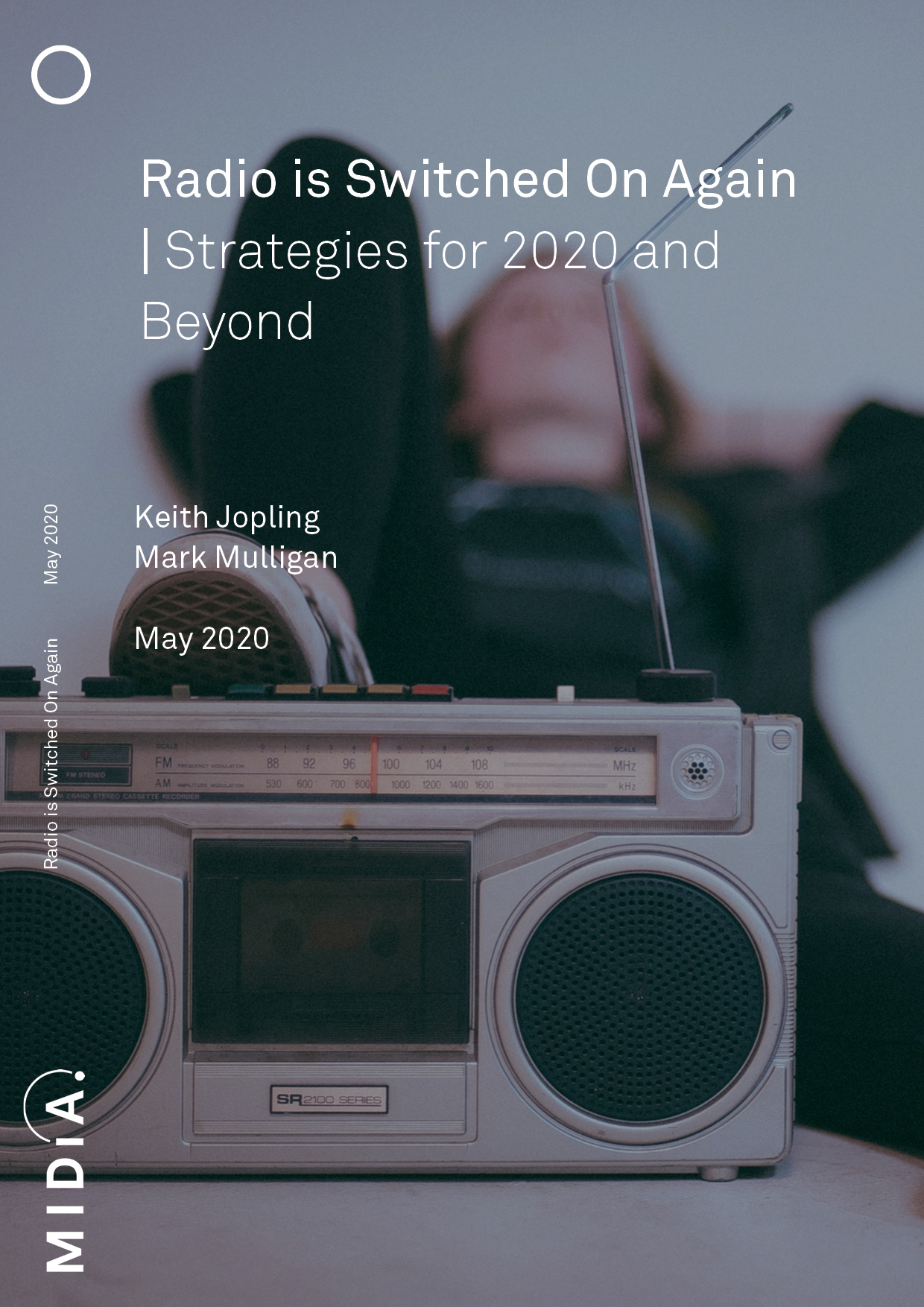Radio is Switched On Again Strategies for 2020 and Beyond

Get full access to this report and assets
If you are interested this report, or related reports such as Radio’s Streaming Disruption How Streaming And Smartphones Disrupt Radio Audiences, Streaming Music Discovery When The Journey Becomes The Destination and Radio Is Streaming’s Next Frontier How Streaming Will Disrupt Radio Like It Did Retail get in touch today to enquire about a report bundle.
Just what is radio? Radio is branded and produced show content known best in the form of live (or pre-recorded) broadcast. However, the definition of ‘radio’ is shifting away from the broadcast format and towards the content produced – programmes or shows – made available on-demand anywhere, via radio apps, smart speakers and podcasts. Radio network straplines around the world follow some form of the “radio, music, podcasts” combo. This reinvention of radio has been essential to the sector’s survival, yet takes radio into the dangerous territory of competing directly with music and audio streaming services that have been growing voraciously and absorbing more and more listener hours.
This report looks at the changing role of music radio specifically, and the sector’s current and future challenges, particularly those arising from the competitive threat of on-demand streaming services. We look at how radio has gone from a tastemaker of new music to a validator, how the recent pandemic has triggered a radio revival, how radio’s last bastion may be the car and what radio network brands can do to survive and even thrive, in the streaming era.
Companies and brands mentioned in this report: A Million Ads, AdsWizz, Bauer Media, BBC, Capital FM, Global Radio, Instreamatic, Magic, NPR, Pandora/Sirius XM, Radio Radio RadioAnalyser, Sonos, Spotify, YouTube, WARM
